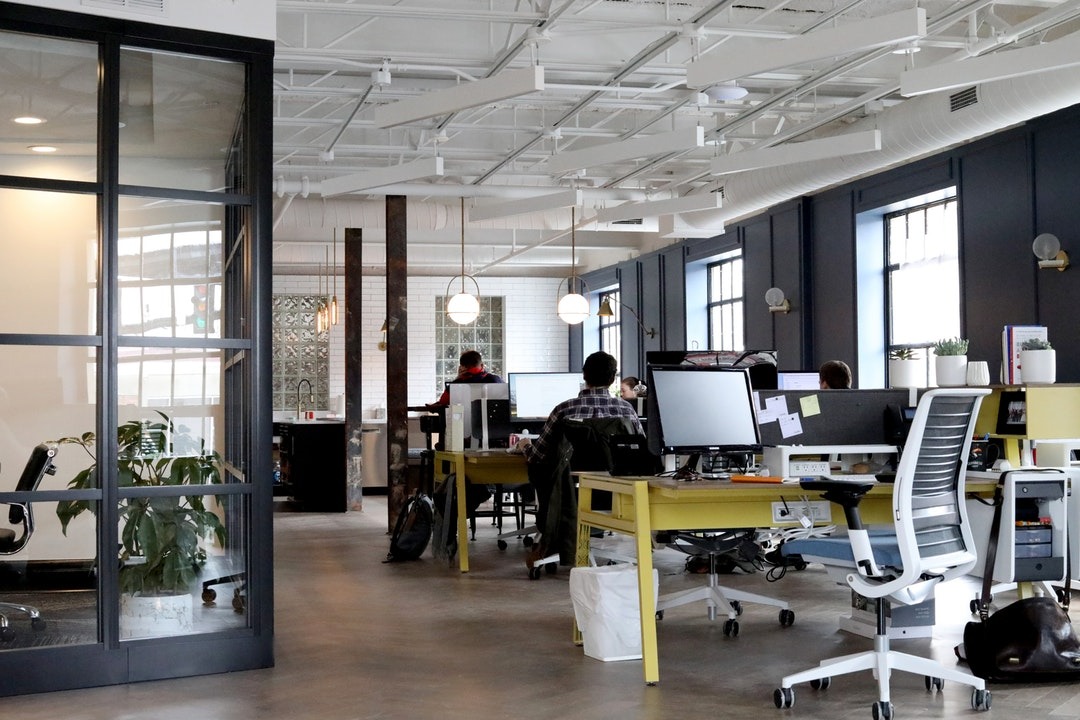Elevators serve as more than just a means of vertical transportation, they represent the pulse of accessibility within a commercial building. Whether a structure houses office tenants, healthcare facilities, or residential units, the elevator must operate smoothly and reliably. When an elevator breaks down, the consequences ripple across operations, productivity, and customer experience. Business owners cannot afford to treat elevator servicing as a low-priority task. The risks tied to delays, both financial and legal, make this area of building management far more critical than it might appear at first glance.
Customer Experience Starts With Accessibility
Imagine a client walks into a building only to find the elevator out of service. That moment creates frustration, especially if the client struggles with mobility or must climb several flights of stairs. Accessibility issues are one of the quickest ways to damage a reputation. For retail businesses or healthcare providers, a non-functioning elevator can turn customers away or cause patients to miss appointments.
Functional elevators keep everyone moving, from visitors and clients to staff and deliveries. If people routinely encounter delays or poor service because of elevator problems, they may choose to go elsewhere. Prioritizing elevator servicing sends a clear message that your business values every visitor’s comfort and convenience.
Safety Risks Increase Without Regular Servicing
Unserviced elevators present serious safety hazards. Worn cables, outdated control systems, and overlooked warning signs can all lead to malfunction. Sudden stops, misaligned landings, or even passenger entrapment can result in injuries and costly lawsuits. These are not rare occurrences in buildings that lack routine inspections or follow-up care.
To avoid such outcomes, property managers must commit to timely checks. These visits catch problems early and prevent them from turning into crises. The moment an elevator shows signs of strain, like longer response times, strange noises, or sudden jerks, action must follow. Relying on a professional team to carry out routine elevator servicing keeps your occupants safe and your business protected.
Cost Management Through Preventive Maintenance
While some business owners shy away from routine elevator maintenance due to cost, postponing service usually leads to more expensive repairs. A malfunction that could have been resolved with a minor part replacement might turn into a full system overhaul when ignored. Servicing helps extend the life of the elevator, reduce energy waste, and minimize the chance of sudden breakdowns.
Every elevator system has a lifecycle, but regular checks allow you to get the most out of each component. If you’re unsure what your next steps should be, a professional assessment can clarify whether it’s maintenance, repairs, or a modernization plan that your system requires. With a solid strategy in place, you’ll minimize long-term expenses and keep your building running smoothly.
Legal and Insurance Implications
Building codes and safety regulations require elevators to remain in good working condition. Failing to meet these requirements both increases liability but it also exposes business owners to penalties and potential shutdowns. Insurance policies may not cover claims resulting from neglected maintenance, which means one incident could place an entire operation at risk.
If someone becomes injured due to elevator failure and investigators find that servicing lapsed or never occurred, the consequences go beyond financial fines. A pattern of disregard can cost a business its license or ability to operate. That’s why building owners need to maintain full documentation of service history and upgrades. This demonstrates compliance and supports any legal defense if questions ever arise.
Daily Operations Depend on Efficiency
In busy facilities like hospitals, hotels, or corporate buildings, elevator efficiency affects workflow. Staff rely on them for quick transport between departments, while maintenance crews move equipment and supplies throughout the day. When one elevator fails, it places a larger burden on others, creating wait times and congestion. Multiply that delay by hundreds of passengers a day, and the result is lost productivity across every department.
Choosing to schedule regular servicing allows building managers to identify small mechanical issues before they evolve into larger disruptions. Even things like sensor calibration and door timing adjustments can make a big difference. Your team should view elevators as vital infrastructure, not background equipment.
Tenants and Visitors Expect Reliability
If you lease to tenants, whether for office space or residential units, elevator breakdowns become a key source of complaints. People pay to use a building that works, and nothing draws negative attention faster than repeated service failures. Reliable elevators improve tenant satisfaction, retention, and even property value.
In high-rise buildings, a functioning elevator makes daily life easier. It reflects the professionalism and care that property managers put into operations. That perception translates into stronger leases and more positive tenant reviews. Investing in elevator servicing protects these business advantages.
Businesses can’t afford to treat elevator servicing as an afterthought. Accessibility, safety, legal compliance, and tenant satisfaction all hinge on the reliability of this vital infrastructure. A neglected elevator affects far more than convenience, it disrupts operations, invites legal trouble, and puts lives at risk.
Routine elevator servicing doesn’t just prevent problems; it improves performance, builds trust, and preserves the long-term value of your property. By recognizing the importance of timely maintenance and upgrades, business owners and property managers can avoid costly interruptions and ensure their buildings operate efficiently and safely every single day.


